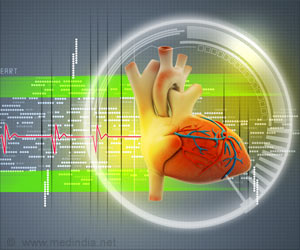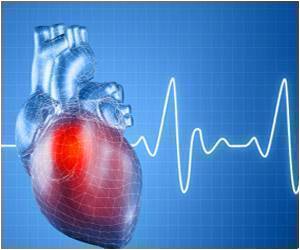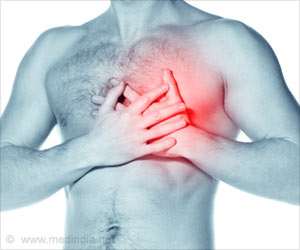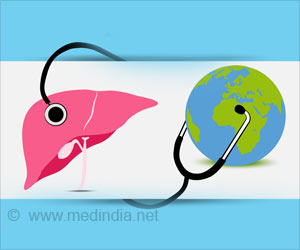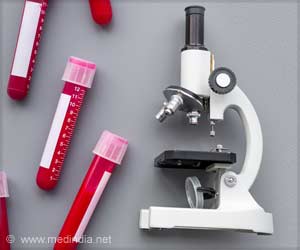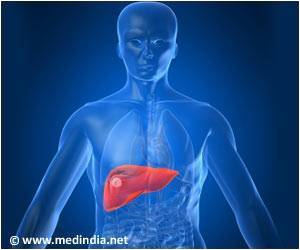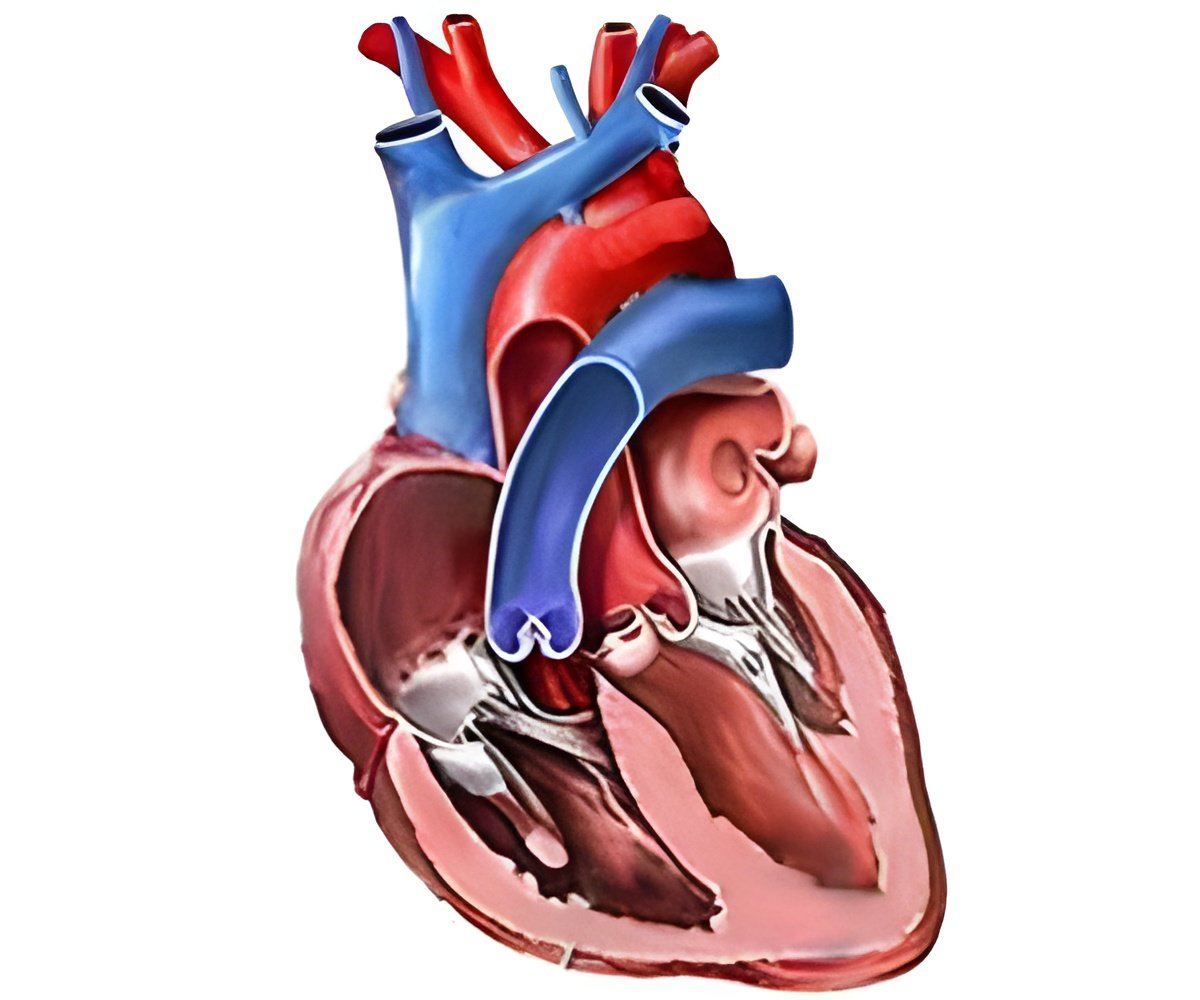
‘Induced cardiac progenitor cells are capable of making billions of the critical heart cells, providing ample material to study heart disease in the laboratory dish.’
Tweet it Now
The lead author of the new study, UW-Madison postdoctoral fellow Pratik A. Lalit, found that 11 genes that play a central role in embryonic heart development could be used to reprogram the fibroblasts. He and his colleagues then narrowed the number of essential genes to five. Importantly, the group also defined the conditions necessary for the transformed cells to be effectively cultured in the laboratory. Using the five genes, Lalit, Kamp and their team could push the fibroblast cells back in developmental time to become the cardiac progenitor cells that make cardiomyocytes, smooth muscle cells and endothelial cells - the trio of workhorse cells that make up the organ. The induced cardiac progenitor cells are capable of making billions of the critical heart cells, providing ample material to study heart disease in the laboratory dish, equip high-throughput screens to test various compounds for safety and efficacy, and ultimately, to treat heart disease by replacing diseased cells with healthy ones.
"Because the reprogrammed cells are actively dividing, we can generate billions of cells with relative ease," says Kamp, who also co-directs the UW-Madison Stem Cell and Regenerative Medicine Center.
The study, explains Lalit, was like an exercise in reverse engineering: observing the genetic factors in play as the heart develops in a mouse embryo and using those to direct the fibroblast down the cardiac developmental pathway or lineage. "We're learning from what happens in the embryo during cardiac development," he says. "What does it take to make a normal heart?"
A key advantage of the engineered cardiac progenitor cells, notes Kamp, is that unlike all-purpose pluripotent stem cells, which can become any of the 220 different kinds of cells in the human body, the induced progenitor cells made from fibroblasts are faithful only to the cardiac lineage - a desired feature for cardiac applications.
Advertisement
Lalit and Kamp's team tested the new cells in mice by experimentally inducing heart attacks. Injecting the engineered cells into the damaged hearts of mice, they observed the cells migrating to the damaged part of the heart and making cardiomyocytes - the heart cells that contract to underpin the beating of the heart - as well as smooth muscle and endothelial cells, key cells that form blood vessels. The implanted cells led to an uptick in survival of the heart-impaired mice.
Advertisement
Source-Newswise


